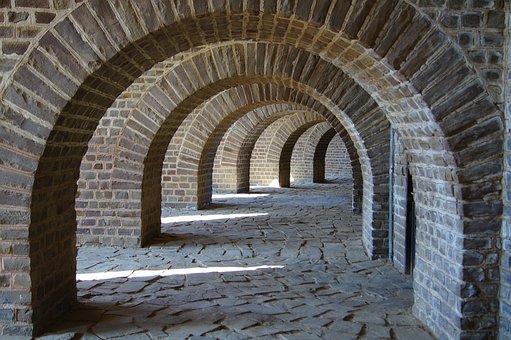A good number of architects do not pay much attention to their mental health and this is why some of them end their careers abruptly. There is this feeling of emptiness that they experience because the state of their mental health is on a low ebb.
Architects live a stress-filled life and this is one of the major reasons why they have mental health problems. Some of them also end up addicted if care is not taken.
The architecture profession is for people whose brain has been wired to be technically-inclined over time. So, there is a greater tendency for them to have mental health problems.
One of the best ways for architects to help themselves, is to reduce the workload that causes the stress. It is okay not to accept every contract and allow yourself some days of rest. This would ensure that your body undergoes revitalization that would set you back on track.

There are days when there would be creativity block and one of the reasons for this is because, the architect did not rest properly.
When some architects have creativity block, some of them make the mistake of trying to push it further and they end up performing woefully. In another scenario, others will take substances that would temporarily help them.
Architects need to go for mental health treatment, because this is one of the best ways to treat them. Considering their tight schedule, they would most likely be taken in for outpatient treatment where they can attend at their convenience.
It is important for architects to make their mental health a priority because there is a whole lot that they can achieve with a stable mental health. If the mental health of an architect is not stable, there is a likely chance that they would not be able to practice their profession for long.
To wrap it up, it is important that architects give themselves ample time to rest, and probably go on a vacation when they have a little breathing space.








